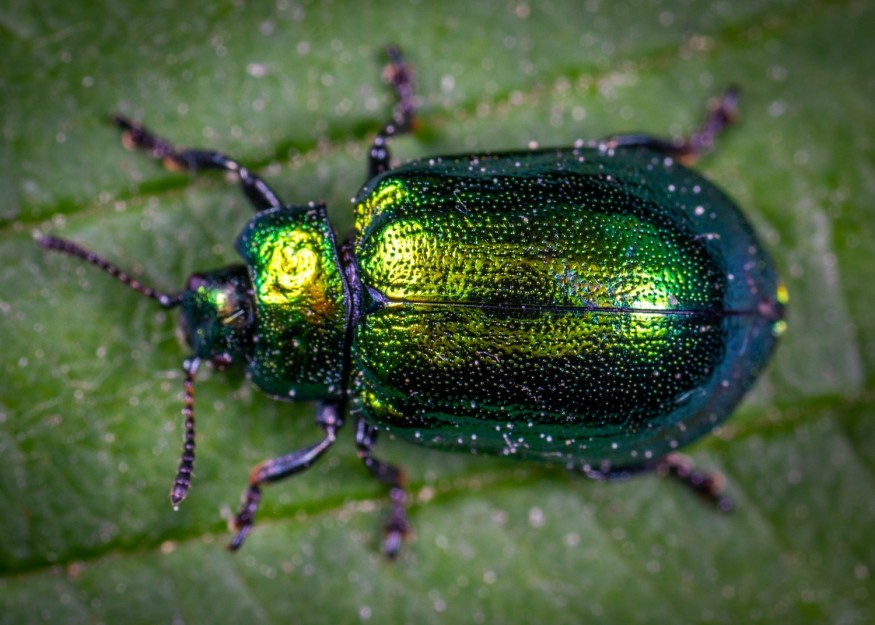A strange or rather bizarre-looking beetle has been discovered by researchers from a one hundred million years old Burmese amber, collected in the Hukawng Valley in Myanmar.

The strange beetle bears an uncanny resemblance to a combination of fungi, moss, and lichens which make for excellent cover and protection from predators. The cylindrical bark beetle is now a new genus and specie described by George Poinar Jr., a study co-author, entomologist and a paleobiologist at Oregon State University.
The outlandish creature is a master of disguise as it uses moss, lichens, and fungi to hide since it can't run away or beat its enemies. This makes a lot of sense to Poinar, a global expert in using animal and plant life forms heavily preserved in amber, to learn more about the ecology and biology of the distant past.
Poinar Jr., along with a collaborator from the U.S. Department of Agriculture, Fernando Vega, named the male specimen 'Stegastochlidus saraemcheana'. The specimen is categorized in the subfamily Colydiinae in the family Zopheridae.
An in-depth look at the creature dates it back to the Cretaceous, the hazy period between 65 million and 145.5 million years ago. The authors wrote that its camouflage earned the bug its genus name, coined from the Greek word, 'stegastos,' meaning 'covered,' and 'chlidos,' which means 'ornament.'
READ MORE - A Field Guide to The Strange and Surprising World of Beetles

Spectacular Camouflage Created by the Specie Itself
Poinar Jr. believes the ancient creature must have spent most of its life among tiny leafy-stemmed flowerless and thallophytic plants, either on the forest floor or attached to tree trunks.
According to the researcher, "A close association with fungi is indicated by conidia, strands of fungal spores, attached to the beetle's outer covering or cuticle."
Stegastochlidus saraemcheana: Possibly Carnivorous
Cylindrical bark beetles are generally known for their unique slender shape and the natural habit of laying eggs under tree barks. The beetle, which is just 4.2-millimetres long, perfectly blends in with the surrounding, thanks to the mover 100 protuberances or spike-like structures on its head and back.
The scraggy ornamentation makes the insect look far less like an insect but more like a small chunk of tree bark. It has antennae with 10 segments while the terminal segment is somewhat clublike. Each of the beetle's tarsi - which is the part of the legs farthest from the cylindrical body - has 4 sections.
According to the researchers' paper published in the journal Biosis: Biological Systems on December 15, the head and the body of the peculiar bug was specified.
The bug's narrow body allows it to enter tight crevices, including galleries - vertical structures that beetles built in wood for reproduction and feeding - of other beetles.
Poinar Jr. points out that the weirdo insect's pointed mouthparts indicate a carnivore that could have possibly preyed on the early life stages of a wide variety of other invertebrates.
This discovery of S. saraecheana's nature represents a new variation of structure and form within this particular beetle family. Finding lichens and fungi attached to the fossil beetle's cylindrical body provides crucial information on the possible habitats, likely moist and tropical, regularly visited by Cretaceous bark beetles.
READ MORE - Bizarre-Looking Beetle Has Even Weirder Sex Life
For more news, updates about strange insects and similar topics, don't forget to follow Nature World News!
© 2026 NatureWorldNews.com All rights reserved. Do not reproduce without permission.





